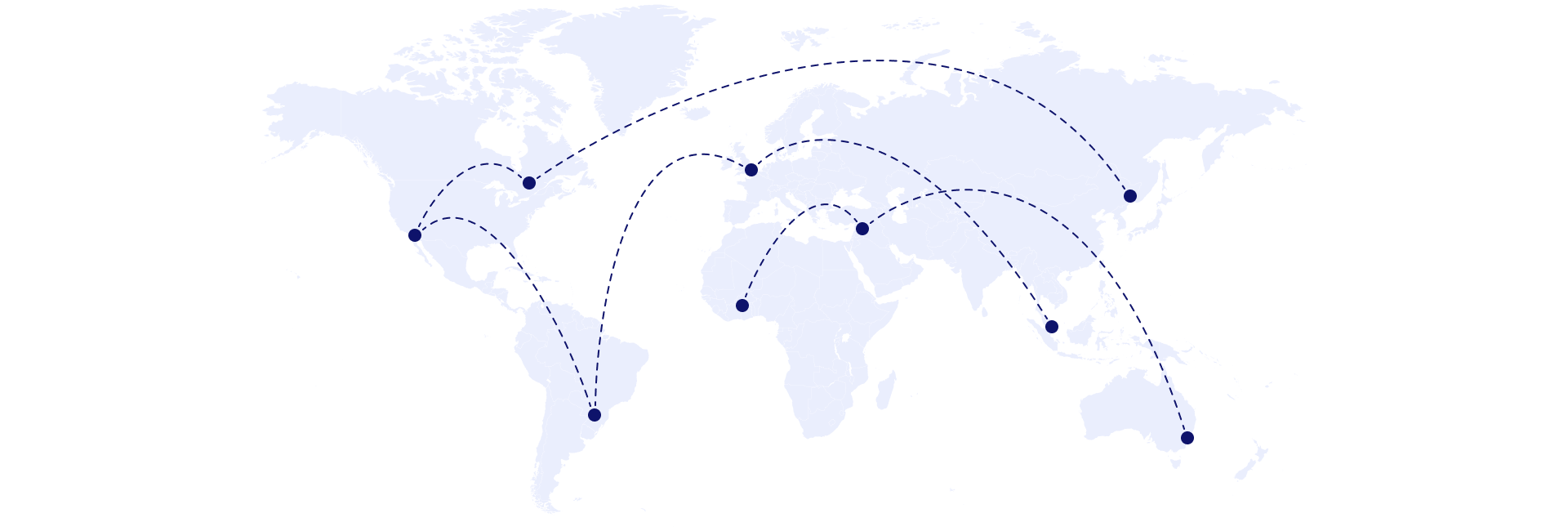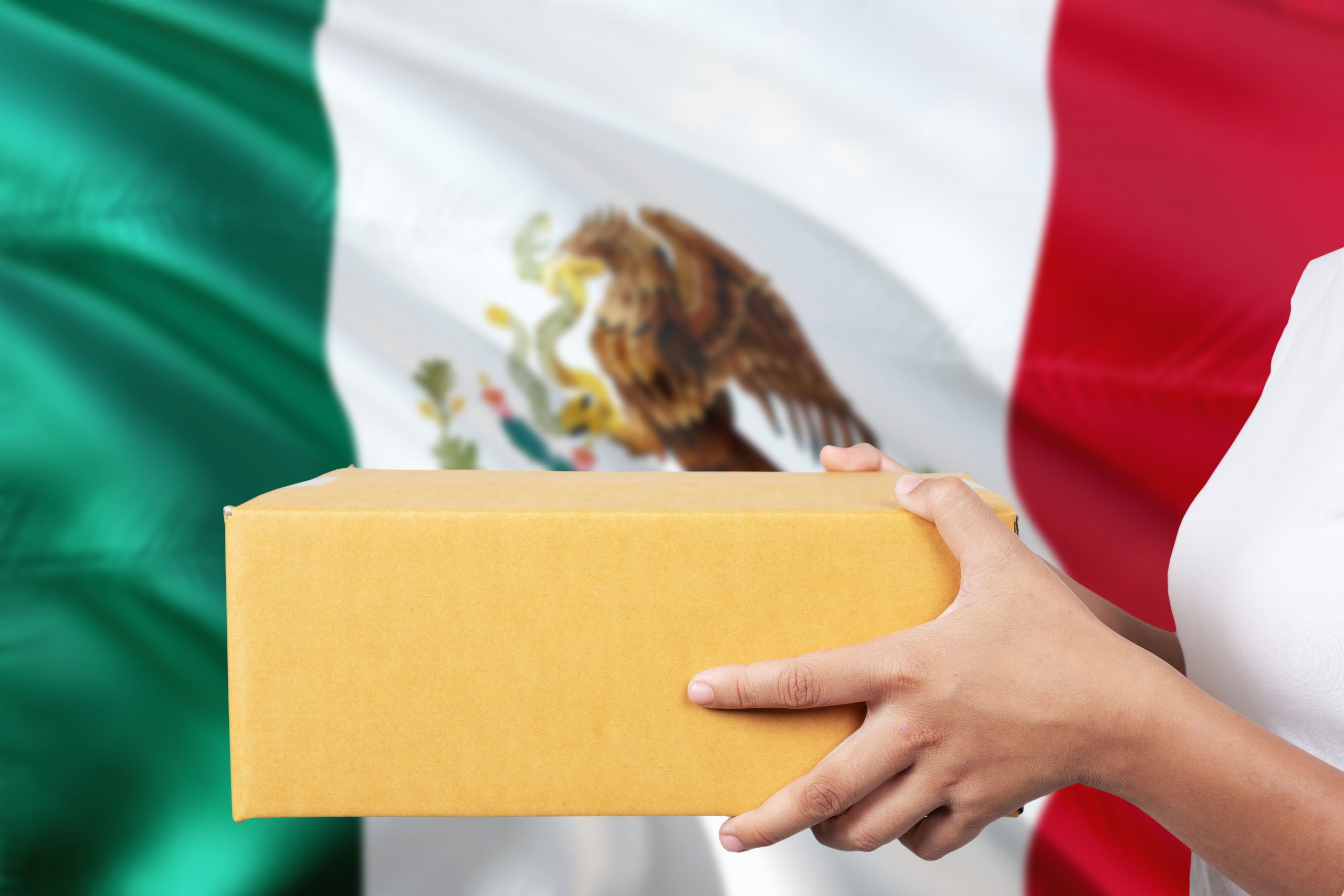
As a business, managing your shipping costs efficiently will go a long way in allowing you to price your products competitively, improving customer service and saving money. Shipping isn’t cheap and current supply chain complexities have seen prices skyrocket. However, by being mindful of all aspects of the shipping journey, there are ways to cut costs.
In this article, we’ll cover five different areas to consider:
- Packaging
- Shipping provider
- Shipping method
- Shipping route
- Order quantity
- Payment method
Packaging
Couriers often charge by volume and weight, so while packaging is important for getting goods to the customer securely, it’s also important to find a solution that minimes space and weight. Here are some things to consider:
Packing material
There are many materials to choose from to insulate your package during its journey. Lightweight options include bubble wrap, air pillows, packing peanuts and shredded paper. Newer eco-friendly alternatives such as hex wrap are a good option for businesses looking to lower their environmental impact.
External packaging
Corrugated cardboard is a popular choice for shipping as it’s not only lighter but also more impact- and weather-resistant than regular cardboard. Also consider whether you need to use a box at all; for soft items such as clothing, a mailer bag may be sufficient.
Size
The bigger a box is, the greater its volume and the packing material required to fill it. Key here is finding a size that closely matches the size of your product. Custom boxes, though more expensive initially, may save you money in the long run if they lower the cost of shipping.
Weight
Invest in a set of scales to help you accurately calculate the cost of shipping and purchase the lowest-cost shipping label for that weight.
Shipping provider
If you’re shipping domestically, there are a handful of companies to choose from in Australia and it’s relatively simple to compare costs and benefits. Shipping to international customers, however, requires more extensive research. Aside from the cost, there are other factors for exporters to consider.
How long will it take to reach the destination?
Consider your most popular routes and determine whether the delivery timeframes would be satisfactory for customers. One provider may charge less than another but the difference in shipping time may result in less overall sales.
What is the shipping provider’s reputation?
There’s a good reason companies such as DHL, UPS, FedEx and Australia Post are household names – their long history of operations and experience have cemented their reputation for being reliable and efficient. However, newcomers (such as Sendle in Australia or ShipBob for eCommerce) are shaking up the industry with their unique product offerings and focus on customer service. It pays to ask your network for feedback on companies they’ve used, as well as recommendations.
Do they offer discounts?
If you’re sending a high volume of packages, check what tiers of pricing a courier offers for different volumes. If the cost becomes low enough, you might be able to offer free shipping above a certain spend threshold and absorb the cost. While this doesn’t save you money on shipping, it improves the customer experience and increases the total cart value.
Shipping method
Currently, there are three ways to move goods internationally: air, land or sea. Air freight costs can fluctuate significantly, especially during popular shopping seasons like Christmas. It’s often the fastest method but also the most expensive. If time is not an issue and you’re not shipping perishable goods, sea freight is the cheapest option but delays can be significant. As we saw in 2021 when the Ever Given was grounded in the Suez Canal, bringing global trade to a halt, there are limited options beyond waiting when issues arise.
Land freight straddles the middle ground of price and speed. For Australian importers, due to our relative geographic isolation, it can only be used in conjunction with air or sea if importing or exporting internationally.
Route planning
Related to the shipping method is the route planning. With the increase in global trade over the past decades, popular routes have sprung up around the world to transport goods from A to B. Part of logistics is determining the most efficient mix of transport methods for delivery. For example, determining which port or distribution centre to send your items to, and what delivery method to select for the final leg of the journey, when your packages have arrived in-country. Popular routes may have more infrastructure due to demand but they may not be the fastest or cheapest options for you.
Order quantity
For businesses importing from China, one way to reduce shipping fees is to increase the order quantity. This not only means you’ll be able to negotiate a better per-unit price, but you’ll consolidate the shipping into one order, where previously it might have been split over two. The shipping fee may be higher due to a higher volume or weight, but split across more units it could represent a decent saving.
Something else to consider when shipping by ocean freight is whether FCL (full container load) or LCL (less than container load) best suits your needs. FCL is charged by container, regardless of whether it’s full, whereas LCL is charged per cubic metre (CBM). If you’re purchasing enough units or goods to fill or nearly fill a FCL, the cost per unit in shipping terms drops dramatically. To decide whether FCL or LCL is more cost-effective, a general rule of thumb is that LCL is ideal for smaller shipments or ones less than 10 CBM. Be mindful that with LCL, you’re sharing a container with other shipments. This adds a few days’ transit time on either side to account for consolidation, sorting and deconsolidation. Also, if one consignment gets flagged at customs, the whole container will undergo scrutiny.
Payment method
Finally, if you’re paying a shipping provider, sourcing agent or freight forwarder in their local currency, you don’t want to be paying more than you should on fees and margin. Payments via wire transfer are often liable for bank fees, not to mention a mark-up on the exchange rate. In comparison, WorldFirst charges a competitive margin with a transparent fee structure to ensure lower supplier payments.
Reach global suppliers and pay at speed
Strengthen your supplier relationships with secure payments made at speed. Plus, protect against adverse currency fluctuations with forward contracts.

You might also like
Insights from WorldFirst cover the latest FX news, top accounting tips, strategies to mitigate risk and key industry trends. Choose a category below to find out more.
Businesses trust WorldFirst
Since 2004, more than 240K businesses have utilised WorldFirst to send more than £87bn around the world.



